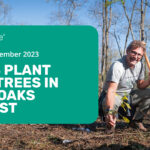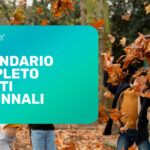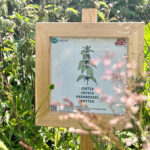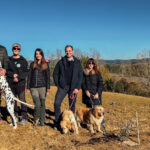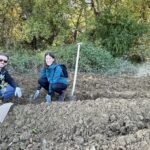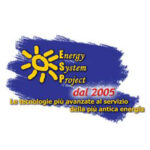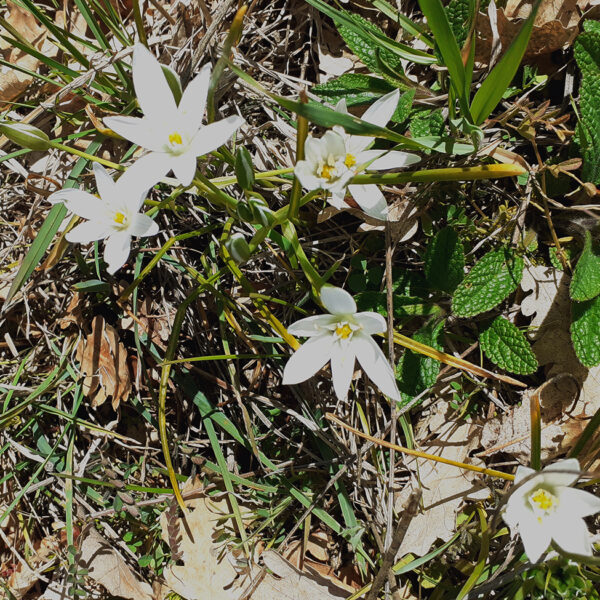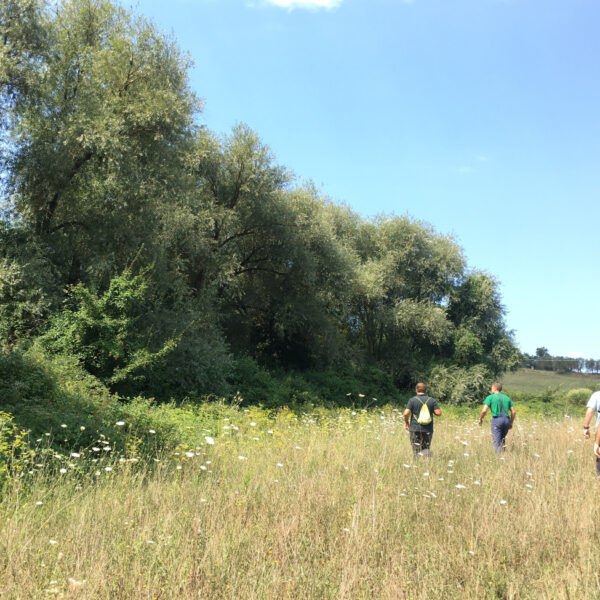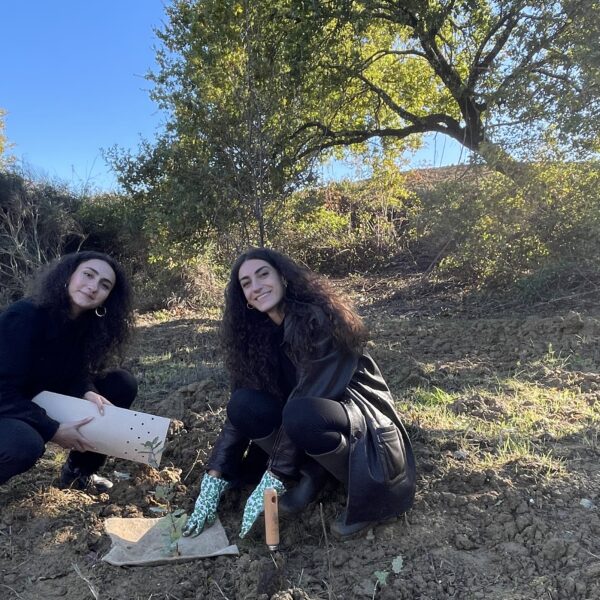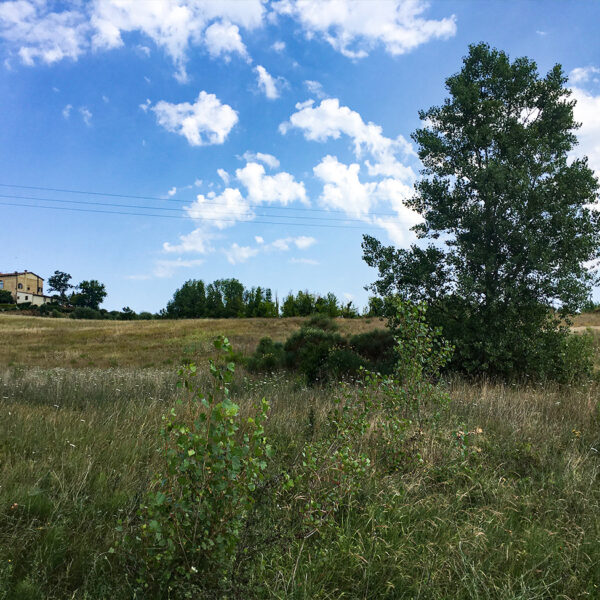Located on the northeastern edge of Siena’s municipal territory, Bosco Cinque Querce (Five Oaks Forest) is an ancient and renowned forest, as documented by Emanuele Repetti in his Dizionario Geografico Fisico Storico della Toscana (Historical Physical Geographical Dictionary of Tuscany) ([…] such that a beautiful forest near Vico d’Arbia maintains the name bosco ai canonici). The wood is bordered on the east by the Arbia River, which was rendered famous by the poet Dante Alighieri in his description of the bloody battle of Montaperti in 1260, where the Sienese Ghibellines succeeded in defeating the Florentine Guelphs.
It is plausible to think that Bosco Cinque Querce was an ideal hideout, shelter and counterattack outpost for the Sienese troops during those days of great glory for the city Owned by the Rugani-Bencini family, who acquired it in 2020, the name stems from the presence of the five best-known and most typical species of oak trees found in the Sienese woods, which were traditionally used as a resource for the local economy: turkey oak, sessile oak, downy oak, common oak and holm oak. The owners have a very specific project in the pipeline to improve the forest and its ecosystem services. They aim to create positive impacts both environmentally and socially: sustainable water management and development of an experimental phyto-purification system, structural restoration works, reduction of soil erosion and biodiversity enhancement of the area, panels and trails to welcome visitors, sport enthusiasts and nature lovers Starting in the fall of 2022, a reforestation project will kick off in a large area of the forest -about 6 to 7 hectares- that has been in a state of rural abandonment for about 15 years. A genuine food forest with fruit trees and shrubs, medicinal and officinal herbs, berries and vegetables -useful for both humans and wildlife- will be created at Bosco Cinque Querce. The goal of the reforestation project is also to provide a recreational environment for sports, hiking and recreational activities open to everyone.
The intervention will enhance all ecosystem services of the forest and will be managed according to FSC® criteria for sustainable and responsible management, ensuring that it is protected, used respectfully, consciously and valuably so as to be handed over unspoiled to future generations.
 Italy
Italy



